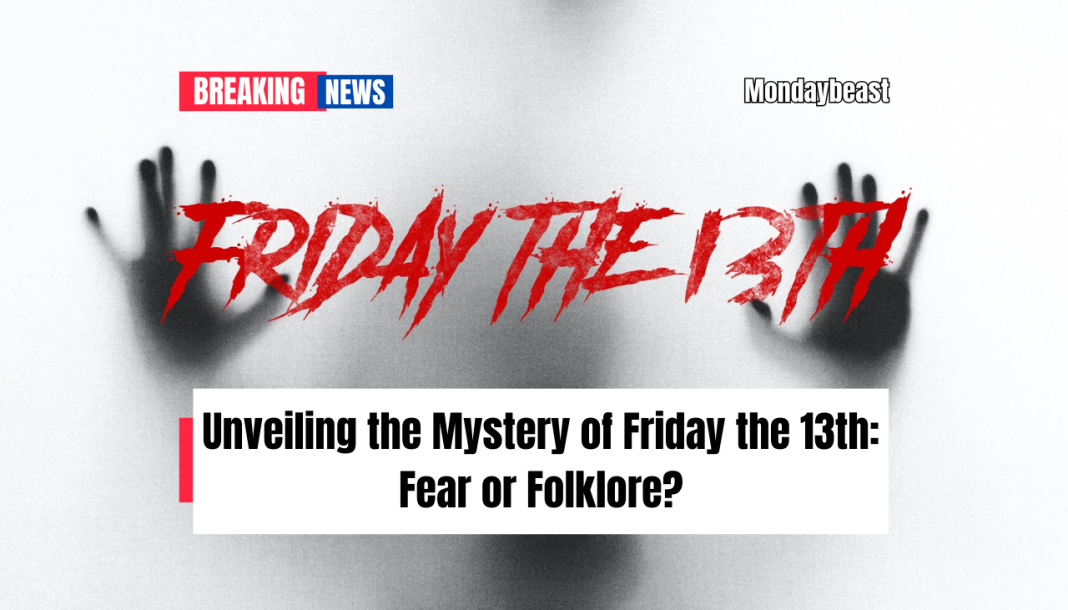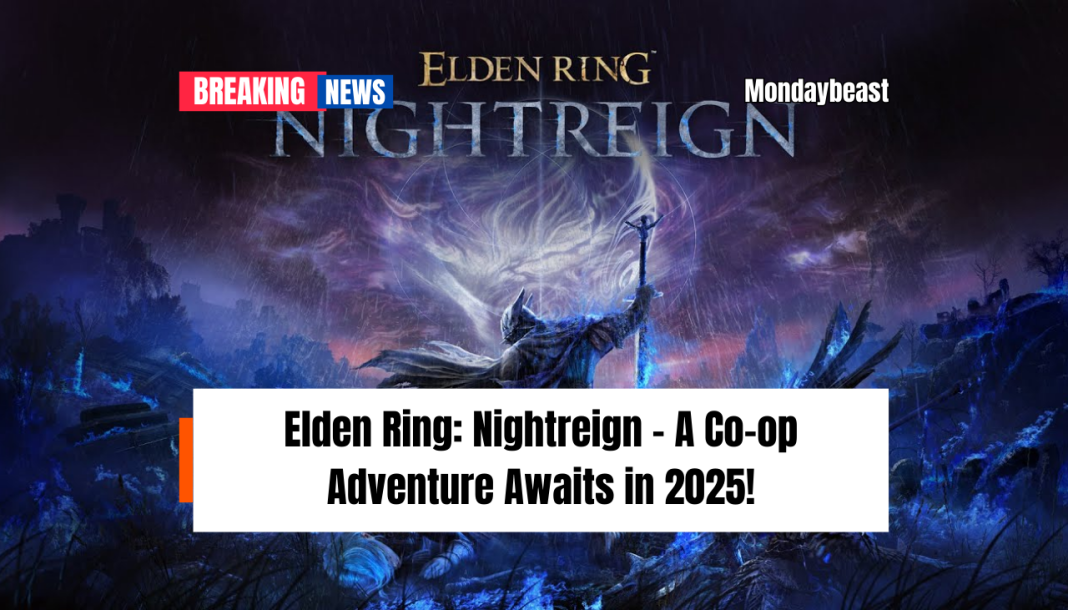What’s the deal with Friday the 13th? Some people sidestep ladders and dodge black cats. Others are left wondering what all the fuss is about. This year, we have two Friday the 13ths — September 13 and December 13. And then, we won’t see another until summer 2025. It’s fascinating, isn’t it? Why do we invest so much energy in a mere date?
Historically, the hysteria surrounding the date has roots that stretch back centuries. Some believe it ignited during the Middle Ages, when caution ran high and fear of the unknown festered. Others trace its beginnings to biblical times. The Last Supper, a pivotal moment in Christianity, featured 13 people, with Judas as the infamous 13th. For many, that association breeds deep-seated anxiety.

Textually, one of the earliest mentions comes from Henry Sutherland Edwards’ 1869 biography of composer Gioachino Rossini. He died on a Friday the 13th. His disdain for that date was clear: “… he regarded Fridays as an unlucky day and thirteen as an unlucky number.” Perhaps Rossini knew something we don’t, or maybe he just had a bad day.
And then, there’s Thomas W. Lawson’s novel, “Friday, the 13th.” Published in 1907, it reveals how a broker exploited superstitions to manipulate the stock market. This certainly didn’t help the date’s reputation. We can only imagine how those readers felt as panic took hold in Wall Street’s tight grasp.
Moving into the realm of fiction, there’s Dan Brown’s “The Da Vinci Code.” Here, the date of Friday, October 13, 1307, is pivotal. On that day, thousands of Knights Templar were arrested. King Philip IV of France believed their secretive rituals posed a threat. That connection only intensified the societal unrest around Friday the 13th.
The cultural impact of Friday the 13th extends beyond literature. It’s intertwined with horror films. Moviegoers everywhere understand the thrill of watching slasher flicks that feature Jason Voorhees. That hockey mask, that machete — fear electrifies the screen! Each gory scene builds suspense.
Do you secretly love the adrenaline or avoid it? Amusingly, fear of Friday the 13th has its own name: friggatriskaidekaphobia. Isn’t that a mouthful? Frigg, the Norse goddess, gives Friday its name. Alternatively, some call it paraskevidekatriaphobia, a playful blend of Greek roots. Others focus solely on the number 13 — invoking the term triskaidekaphobia. It seems we must almost prepare for a linguistic marathon when discussing our fears.
Historically, 13 is often regarded as unlucky. Positioned after 12, it feels like a step into chaos. From 12 months of the year to 12 hours on a clock, 12 represents wholeness and completeness. It’s easy to see why 13 feels like an outlier, a misfit in that serene numerical lineup.
As we navigate Friday the 13th, countless myths and legends float around it. Ever heard that walking under a ladder brings bad luck? Or how about black cats? How many people do you know who would panic if they crossed paths with one? Morbidly, you might hear that passing a funeral procession signals your own impending doom. How absurd!
But is Friday the 13th really the unluckiest day? In Italy, they fear Friday the 17th instead. To them, 13 is downright lucky! In Spain, though, it’s Tuesday the 13th that raises eyebrows. Isn’t it intriguing how fears differ across cultures?
Looking ahead, it’s wise to check the calendar for future Friday the 13ths. Here’s a heads-up: only one in 2025 awaits. However, there are three in 2026. Mark those dates! The list looks like this: Friday, June 13, 2025, followed by February 13, March 13, and then November 13, 2026. Let’s not forget August 13, 2027. Are you ready to brace yourself for these dates, or will you continue to play it safe?
Ultimately, Friday the 13th is a curious blend of folklore, fear, and fun. Whether you celebrate or stay away, the day connects us all through shared beliefs, anxieties, and cultural tales. So, what will you do on your next Friday the 13th? Will you embrace it or let it pass like an unseen shadow?




